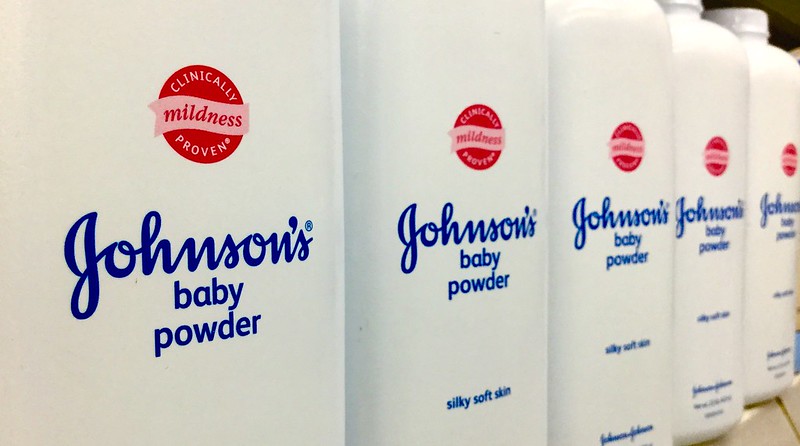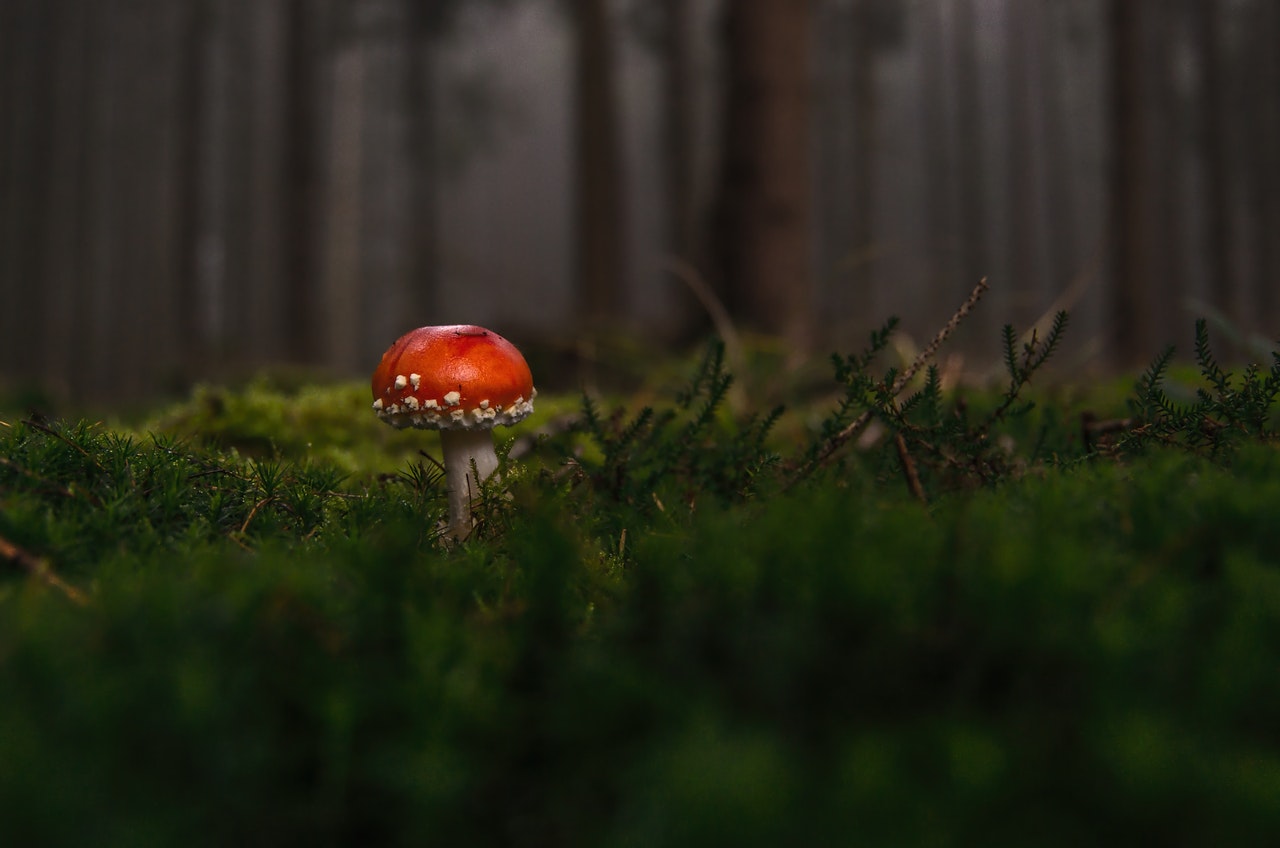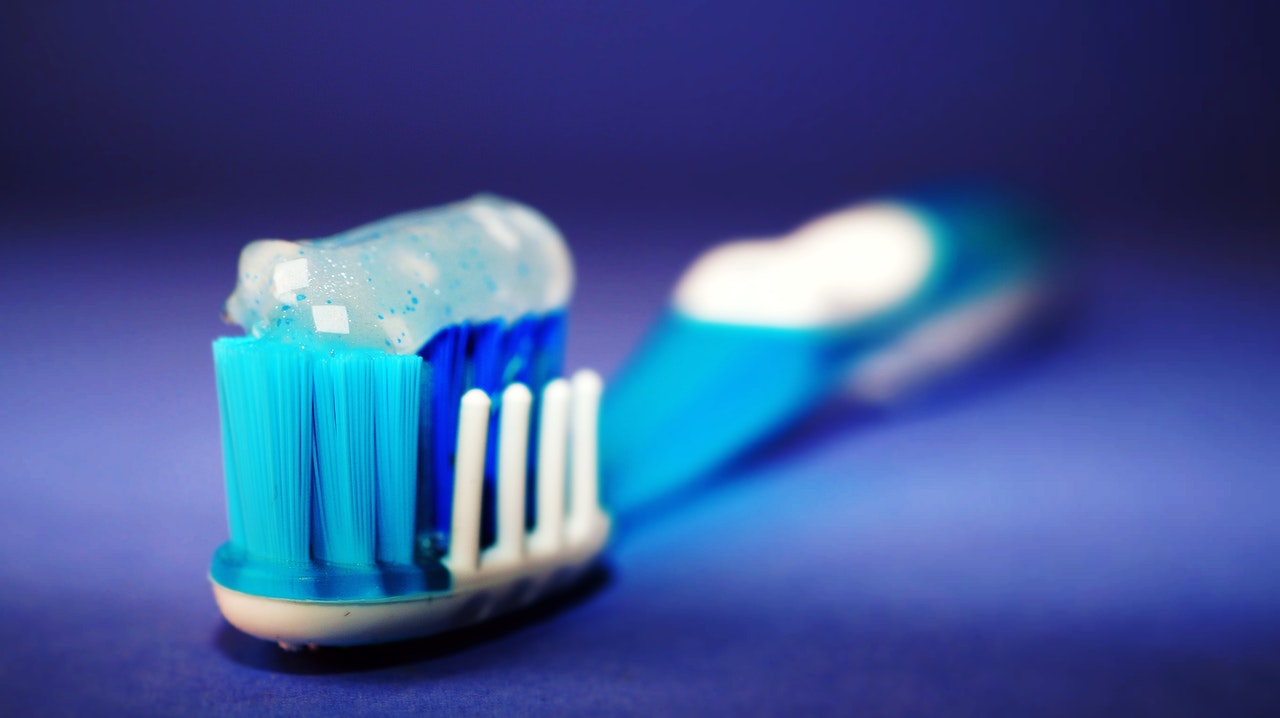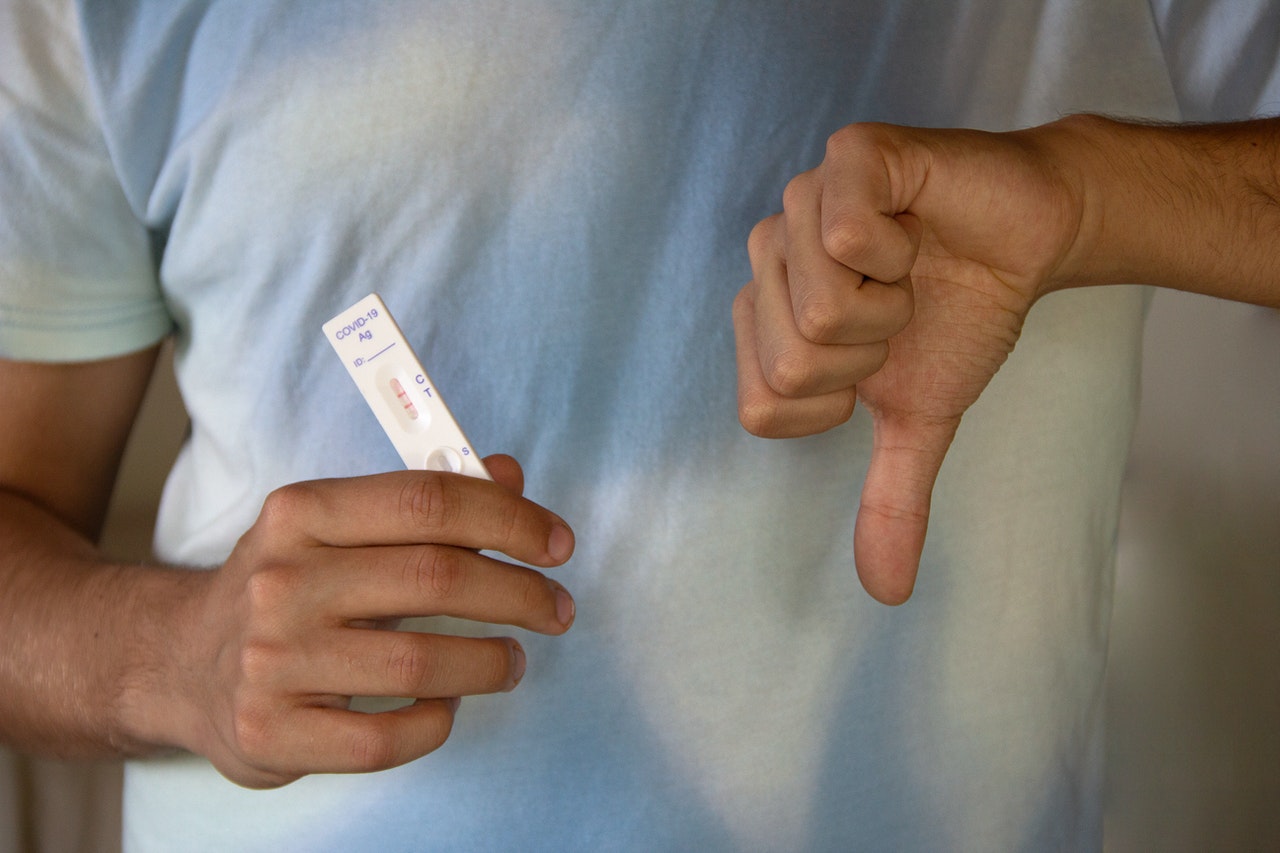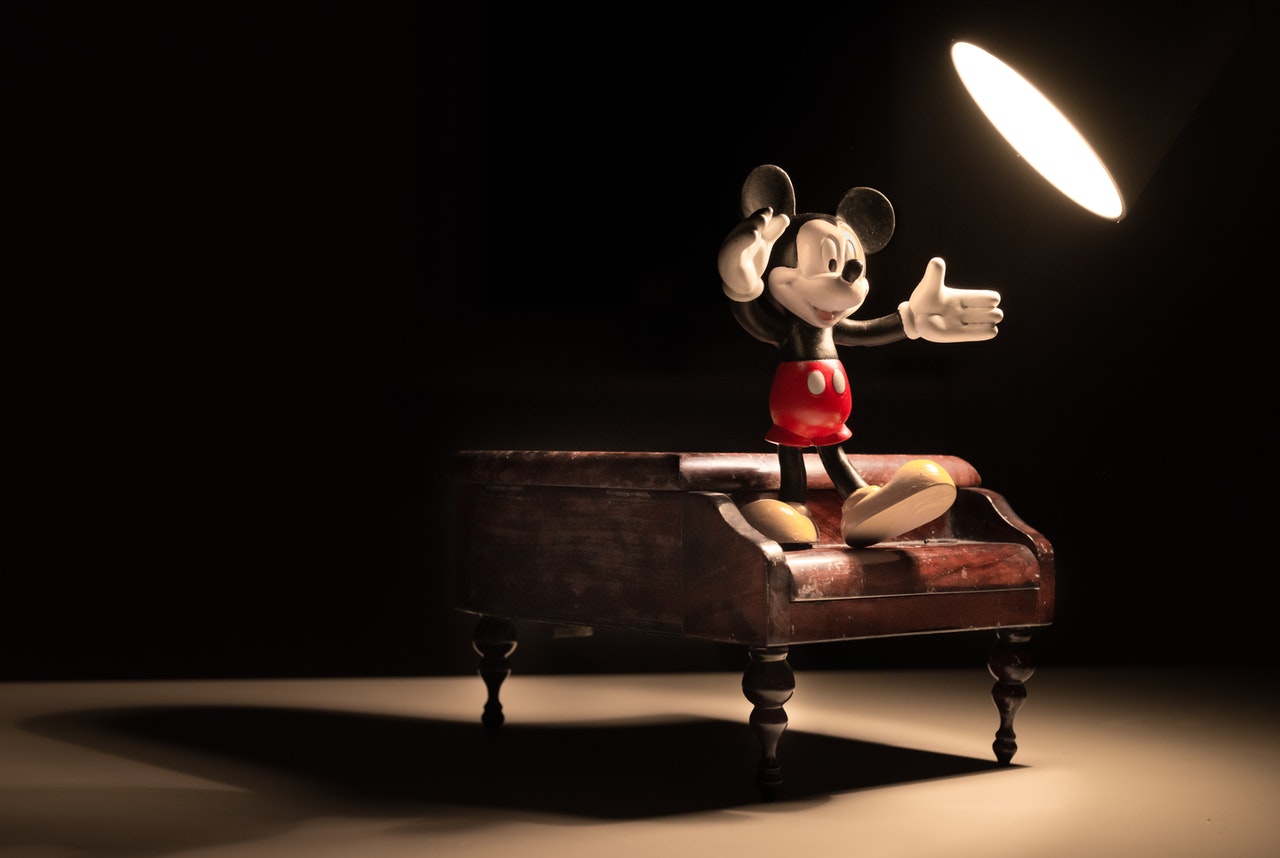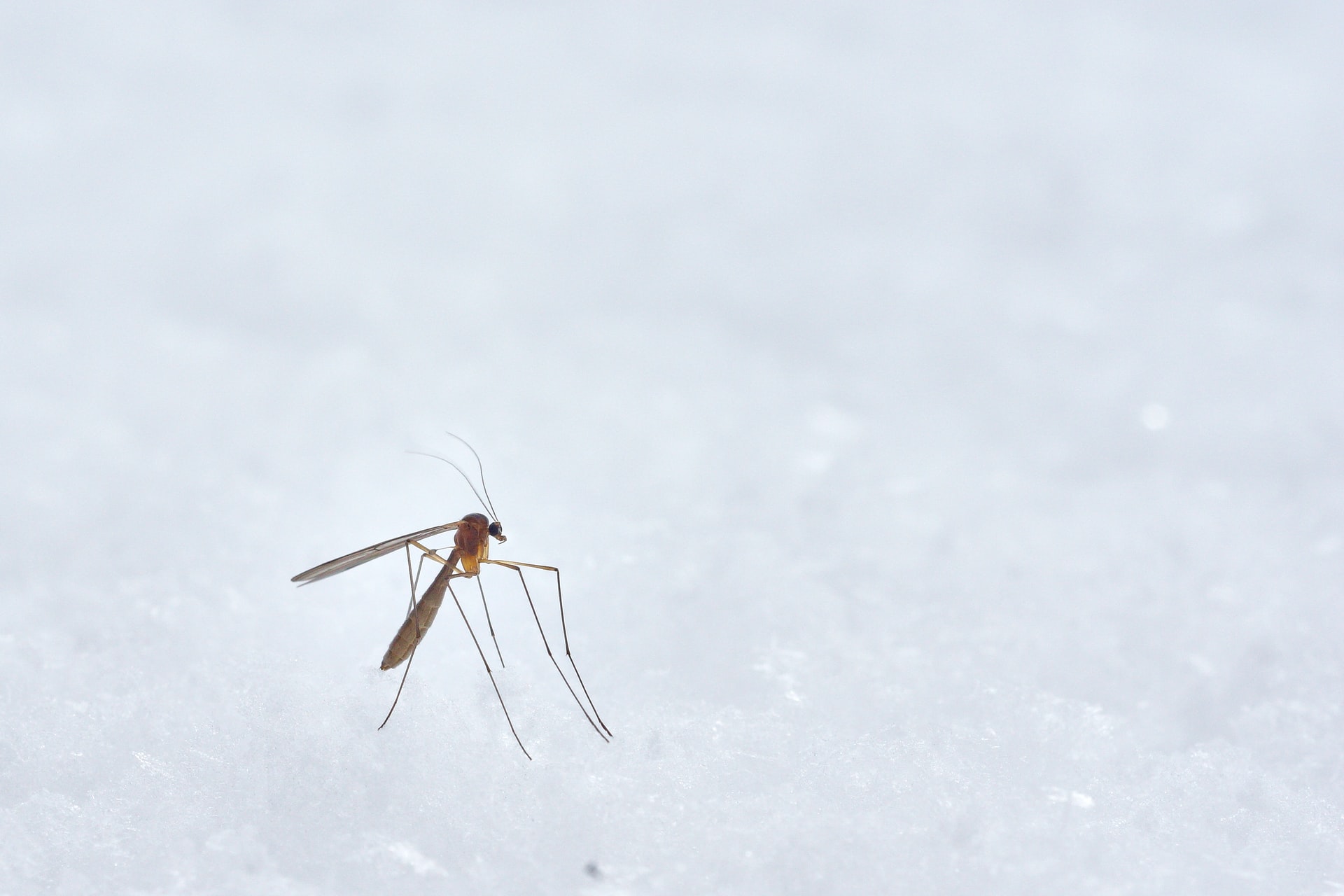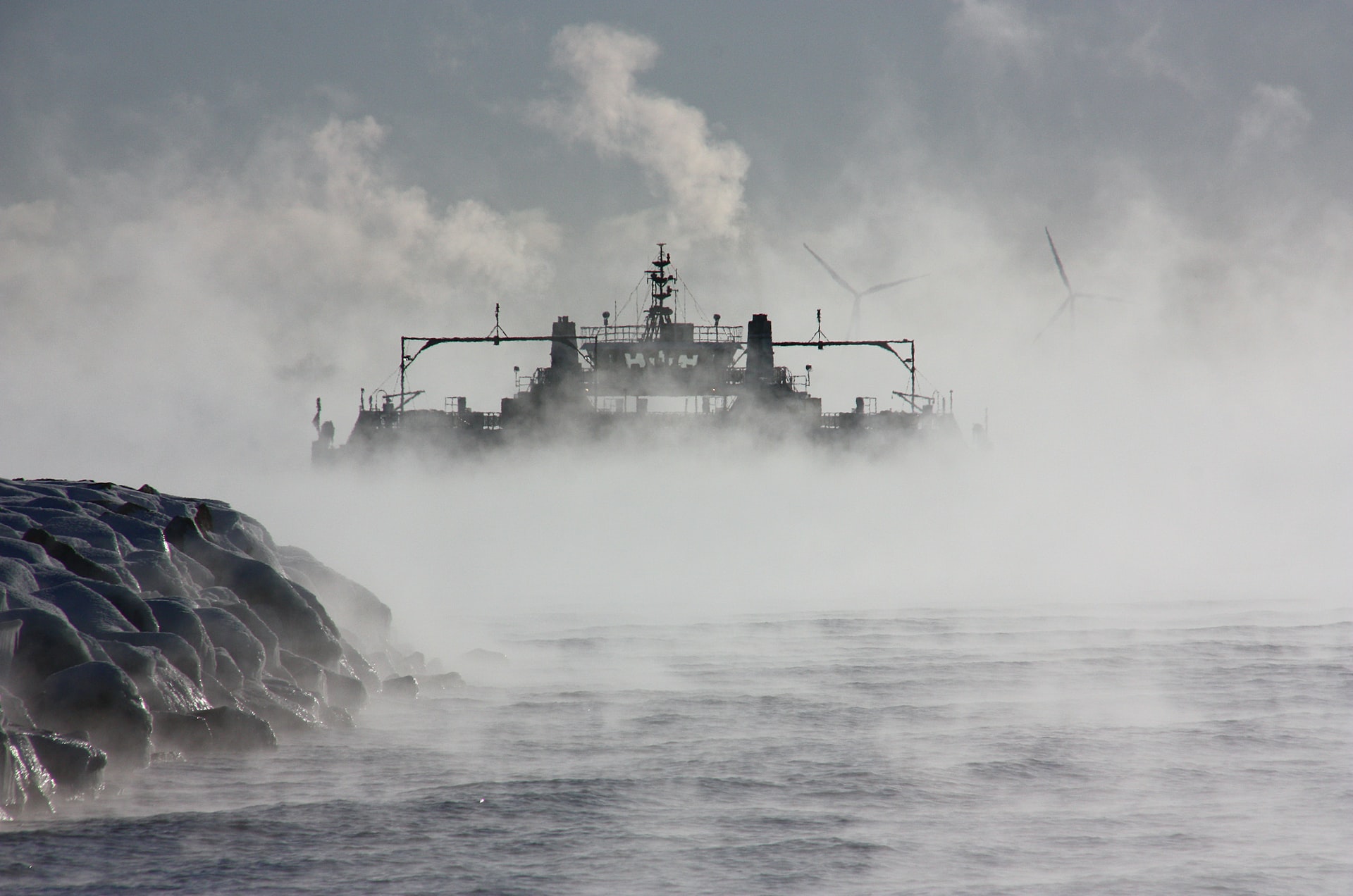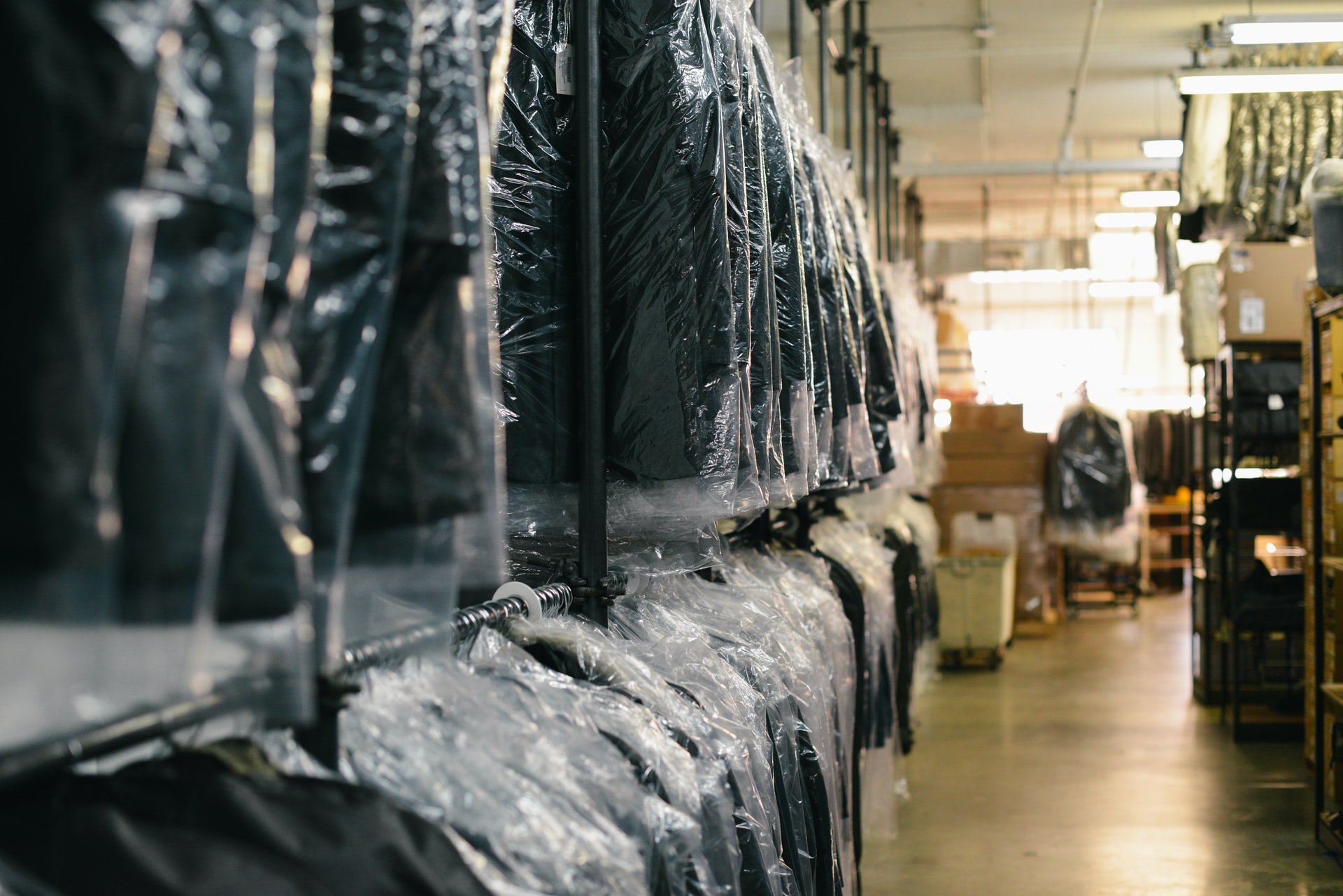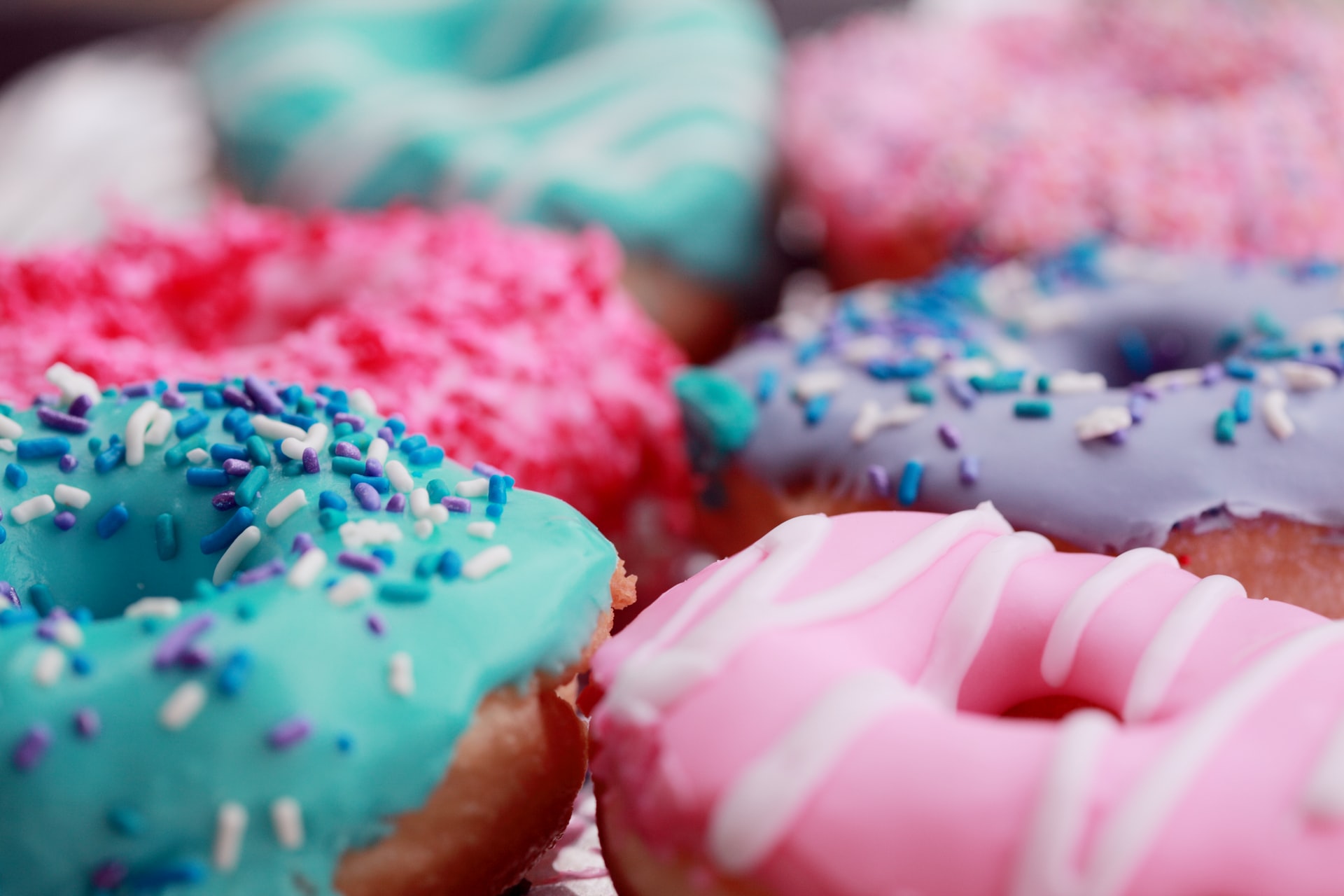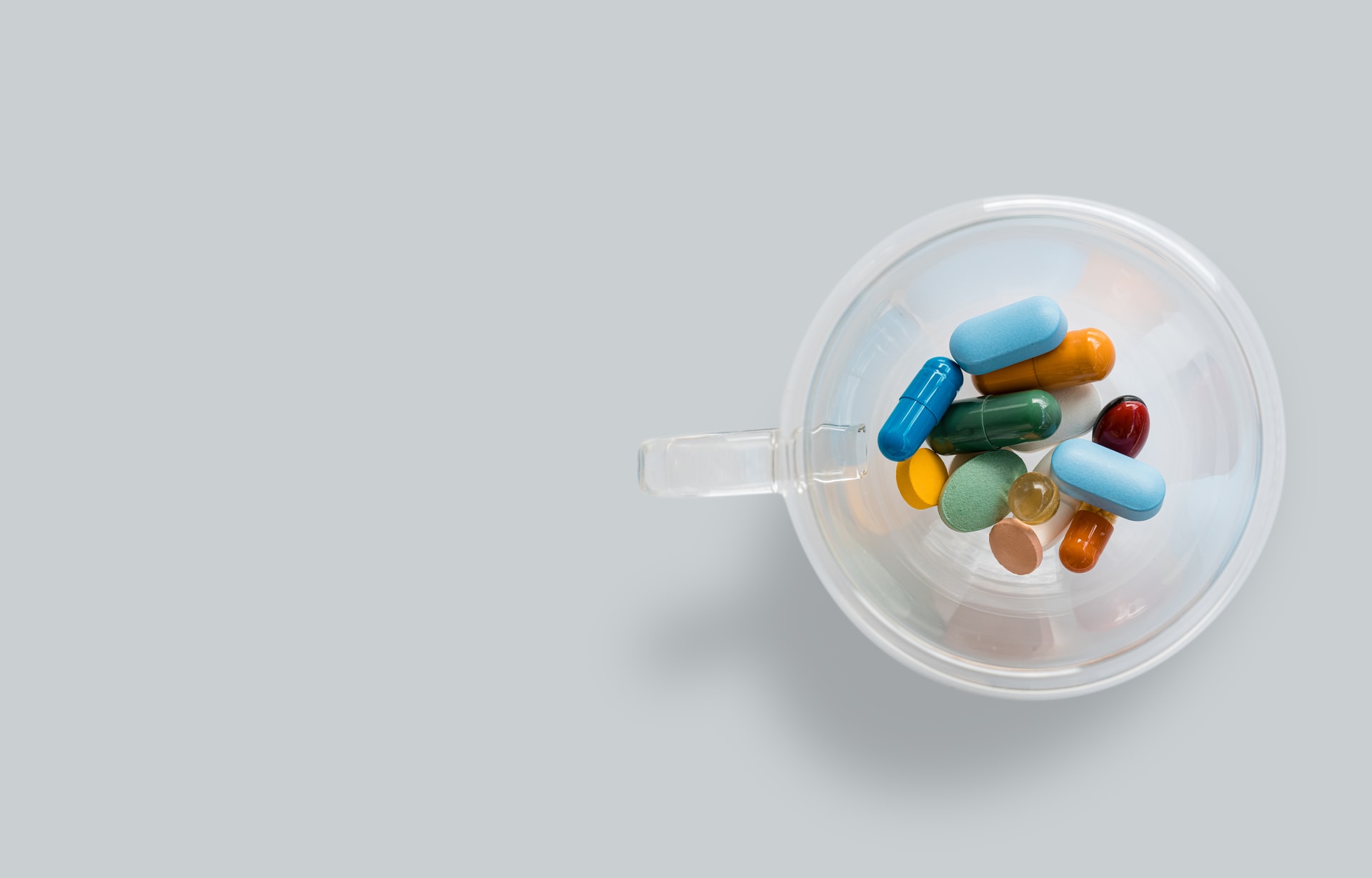Reading Time: < 1 minutes
- Talcum powder is made up of a mineral, Talc, which is the softest mineral on earth.
- Because of its chemical similarity with asbestos (a mineral known for causing various health conditions such as lung cancer), the talc deposits are often located near that of asbestos.
- In early 1890s, J&J invented baby talcum powder and gradually, people started using it around genital areas.
- In 1971, particles of talc were found deeply embedded in ovarian and cervical tumours and the close association with asbestos group was deemed responsible.
- More research came in and talcum powders for use at home were required by law to be asbestos-free in 1973.
- In 1992, research found that even without asbestos, regular use of talcum powder in genital areas increased the risk of cancer.
- In 1994, J&J was asked to replace its talc-based powder with corn-starch powder or at least have warning labels on its powders; J&J did neither.
- Various reports in early 2000s (by this time 90% of baby powder users were adults) indicated increased risk but were based on inconclusive science.
- In 2009, Deane Berg in US became the first woman to file a lawsuit against J&J and she won.
- In May 2016, J&J lost two more cases and was asked to pay $72 million & 55 million as damages in the two cases.
- Within 4 months, 1800 new cases were filed against J&J and the company continues to appeal verdicts against it in higher courts.
- While most of the 16,000 cases are based on link between talcum powder & cancer, the most recent ones allege J&J talcum powders to contain asbestos.
- Media investigation reports suggest the J&J overlooked occasional occurrence of small amounts of asbestos in its talc.
- J&J has constantly maintained that its testing found no asbestos in its baby powder after the US FDA’s tests discovered trace amounts.
- In May 2020, J&J decided it will stop selling talc-based powder in US & Canada claiming that it was a part of a portfolio reassessment and had nothing to do with cancer.
Image courtesy of Picture by Mike Mozart through Flickr
Reference shelf :

